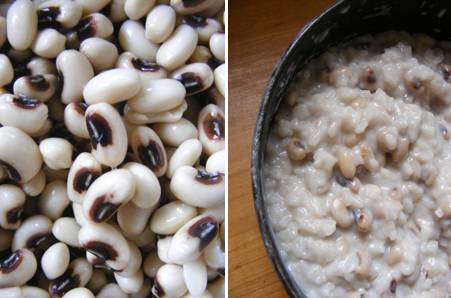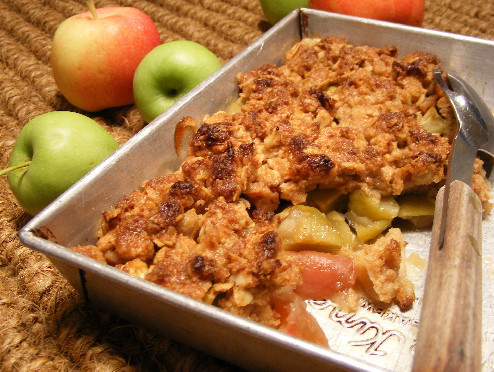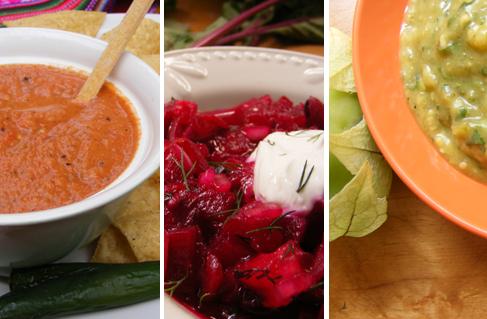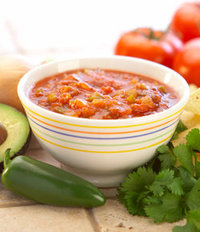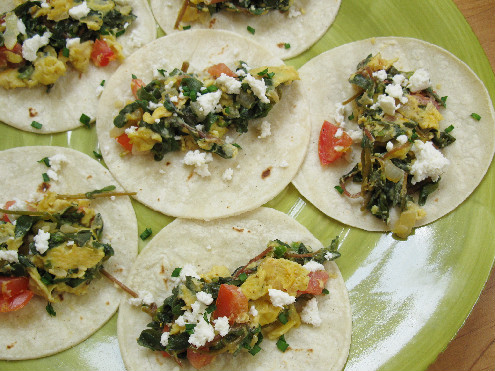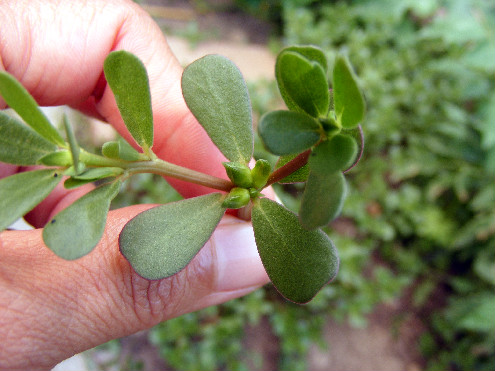Fork Fingers Chopsticks 1 Year Anniversary & Top 10 Posts
This week my blog is one! It’s hard to believe that a year has already passed since I started Fork Fingers Chopsticks.
It’s been a labor of love – all of it, except for the dirty dishes. I’m the researcher, recipe developer, cook, writer, photographer and marketer. I have no staff to manage and very rarely do I have the luxury of a sous chef. But, I dig it!
The nerd in me likes researching food history and finding the intersection of culture and food function, the unusual details of the exotic and the mundane. On this journey, I’ve become a hobbyist food anthropologist – digging deep on the different cultural uses of a particular ingredient.
When I created this blog, I wanted it to be different – I hoped to create a place for recipes and great content. I have cooked every recipe that is featured on this site and sometimes I had to make a dish several times to get it just right for you. Let’s just say, we ate a lot of arroz con pollo at my house last April.
As I embark on the next year, I want to say thanks to all of you – friends and people whom I’ve never met from across the globe. You read my posts, try my recipes, and take the time to make comments. It means a lot, knowing that you find value in my food blog. I also send a special thanks to my husband for his support and for washing so many dishes.
If you haven’t done so, start following me on Facebook and Twitter. I frequently post other food-related news. In the next month, I will be adding a new feature on my Facebook page about pantry staples – such as spices, oils, chiles, etc.
In homage to FFC’s first year, check out this year’s most popular posts. If one of these is not your favorite, tell us which was and more of what you’d like to see in the next year.
Happy cooking and eating!
-Andrea
10. Sweet Potato: Jamaican Sweet Potato Curry
9. Lentils: Lentil & Plantain Salad – Ensalada de Lentejas Y Platanos
8. Sofrito – Puerto Rican Fresh Bouillon
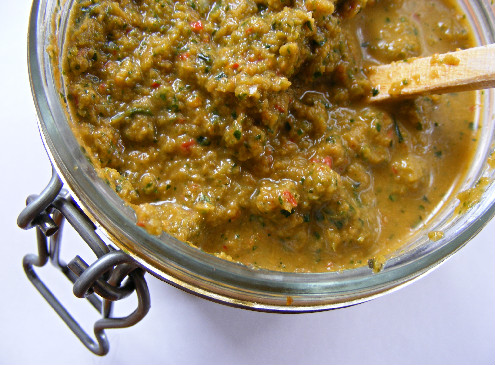
7. Green Tomatoes: Chow Chow – Pickled Relish
6. Quinoa: African Peanut Quinoa Soup
5. Cabbage: German Russian Cabbage Burgers – Runzas & Bierocks
4. Zucchini: Mexican Succotash – Calabacitas Con Elote
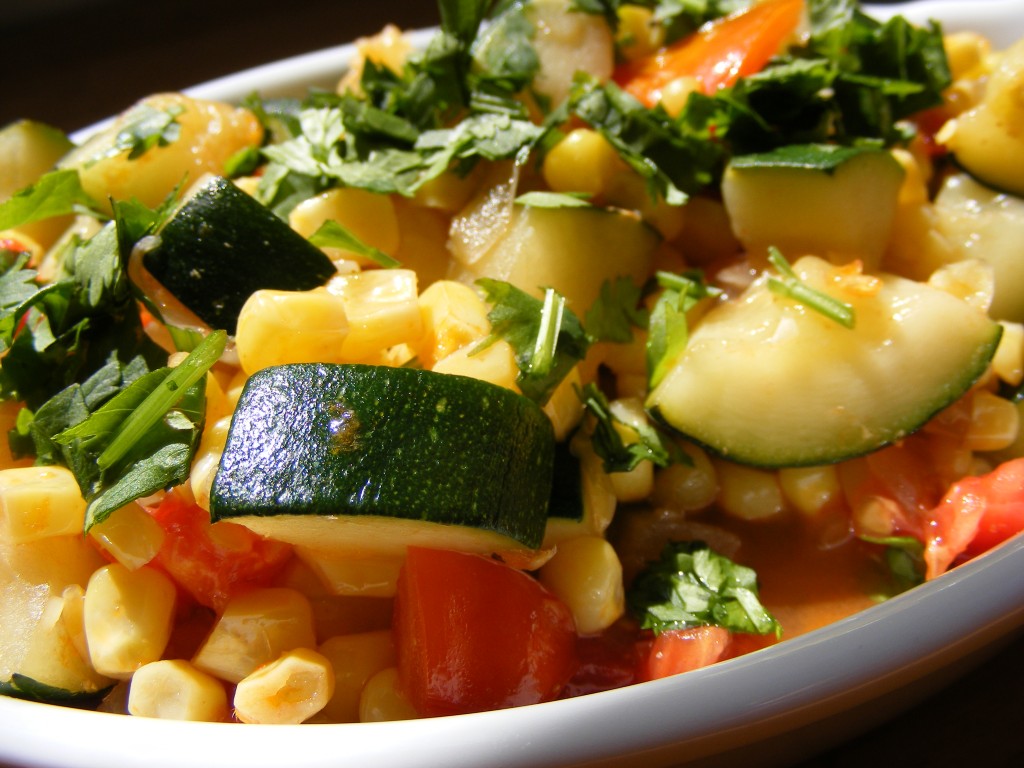
3. Rice: Puerto Rican Rice with Chicken – Arroz con Pollo
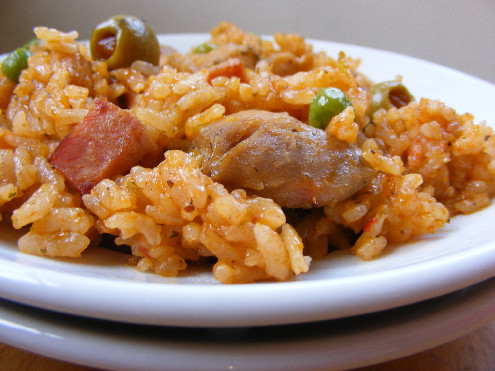
2. Rice: 5 Ways to Make Horchata- Mexico’s Rice Drink
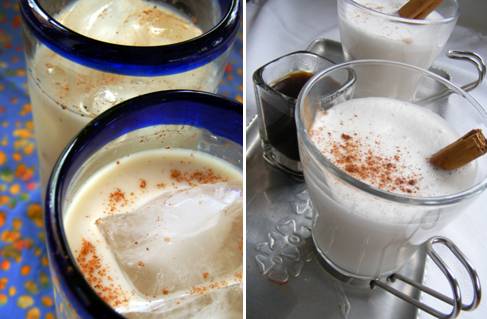
1. Black Eyed Peas: Vietnamese Sweet Rice & Bean Pudding – Che Dau Trang
